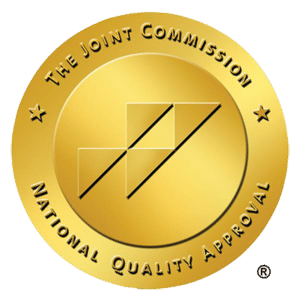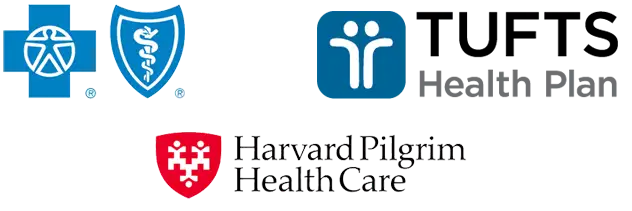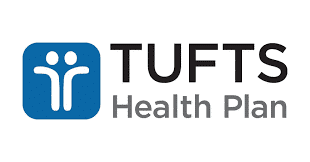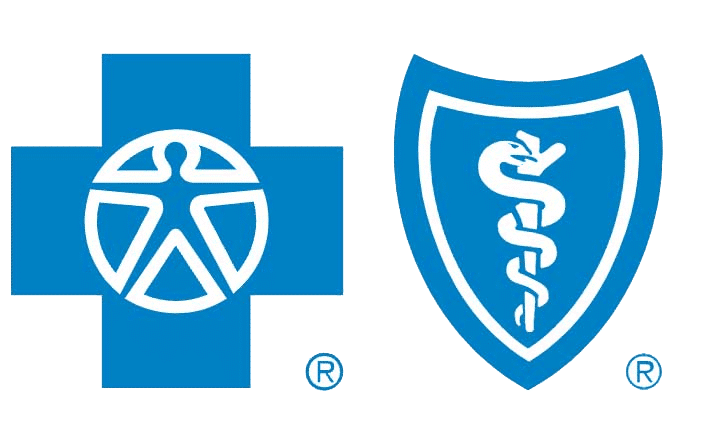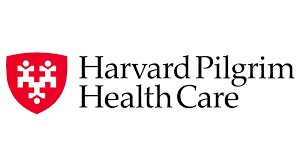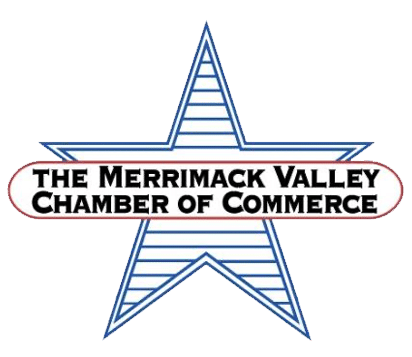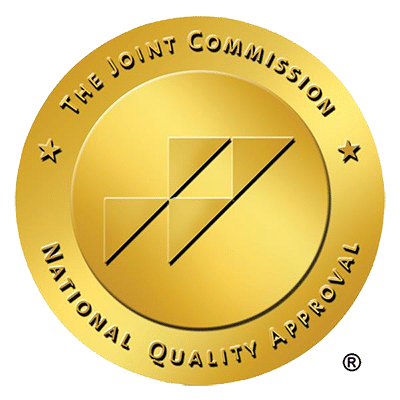Common Causes of Cravings
For many people, cravings can be confusing. A person may actively want to overcome their addiction, but they still face a strong compulsion to use the substances they’re trying to avoid. This raises the question: What causes cravings? The answer can be divided into two categories: physical and psychological. The physical cause of cravings has to do with your brain. Over time, certain drugs can change your brain chemistry. They can affect the way your brain responds to external stimuli, eventually making your brain dependent upon the drug. Thus, when you stop using the drug, your brain still craves it. Refraining from drug use can result in withdrawal symptoms such as vomiting, shaking and irritability. Psychological cravings, on the other hand, are connected to environmental triggers. People often turn to substance use to cope with something stressful happening in their lives, such as a taxing work environment, relationship problems or a mental health condition. Studies show about 50% of people with mental disorders also have SUD. No matter the cause, it’s important to recognize cravings when they occur. By knowing the signs, you can take steps to conquer the temptation.Signs and Symptoms of Cravings
While everyone has their own unique experience with addiction recovery, there are some general symptoms most people experience. Here are some common signs of drug cravings:- Wanting to use substances daily
- Having intense compulsions that overtake other thoughts
- Becoming distracted by compulsions and ignoring obligations
- Keeping a supply of the drug within easy access
- Neglecting appearance and hygiene
- Acting irritable or frustrated
Practical Techniques for Managing Cravings
If you’re craving substances, practical techniques can help. These involve small, simple activities you can easily implement into your daily routine. Here are a few to get you started:Mindfulness and Deep Breathing
As the name suggests, mindfulness techniques help people engage with their thoughts and emotions. The overarching goal is to focus on the present (as opposed to external stresses and temptations). Here are some top techniques:- Meditation: Clearing your mind to focus on breathing and the body.
- Deep breathing: Breathing exercises, which generally involve focusing on inhaling and exhaling, are a great way to reduce mental stress.
- Journaling: Writing down thoughts can help you work through your emotions and manage negative patterns.
Grounding and Distraction
Similar to mindfulness, grounding techniques are designed to reduce stress by encouraging you to be present in the here and now. They often accomplish this through distraction, shifting your focus to something else. Here are some examples:- Five senses technique: This strategy makes you focus on the present by asking you to name five things you can see, four things you can touch, three things you can hear, two things you can smell and one you can taste.
- Contact exercise: Another way to stay grounded and present is by carrying a small object in your pocket, such as a stone. When you feel cravings and need a distraction, hold the object and describe it to yourself.
- Walk: Changing up your environment by going on a walk gives you a chance to escape triggers and immerse yourself in your surroundings.
Exercise
Exercise is linked to many mental health benefits, including improved mood, reduced anxiety and decreased stress. Choose an exercise you enjoy to avoid it becoming mundane or taxing. Go with what suits
You can successfully recover
Long-Term Coping Mechanisms for Overcoming Cravings
While small, practical techniques can be a huge help, they’re most effective when paired with long-term lifestyle changes. Unlike practical techniques, these aren’t minor things you can insert into your daily routine; rather, they’re large adjustments requiring time, energy and effort.
Healthy Lifestyle Habits
A huge part of recovery is maintaining a healthy lifestyle. This involves three main components:
- Diet
- Exercise
- Sleep
Maintaining a healthy diet is known to improve psychological health, which is helpful when dealing with environmental stresses. For the best results, maintain a well-rounded diet with regular exercise. Getting enough sleep also plays a huge role in mental wellness—studies show healthy sleep patterns are linked to reduced stress and improved mood.
Professional Treatment
When we think of professional treatment for SUD, our minds usually jump to medical detox and rehab. While these are often the first steps, treatment can continue beyond these points. To aid in recovery, many people rely on the following resources:
- Counseling: Therapists and counselors can help you better understand your addiction, including the cause behind it. They can also recommend strategies for dealing with cravings.
- Medication: In some cases, medication may be prescribed to help manage cravings or withdrawal symptoms. Medication should only be taken when recommended by a health care professional.
Support network: Isolation gives you more time to think about substance use and dwell on cravings. Thus, it’s essential to build a strong support network. In addition to surrounding yourself with friends and family, it’s helpful to connect with other people who have experienced SUD (such as through a Narcotics Anonymous group).
Relapse Prevention Plan
In addition to coping with cravings, it’s important to actively build resilience against them. As soon as possible, you should be making a plan designed to prevent relapse. This may consist of the following:
- Making SMART goals: Start by creating goals to improve your future. These should be specific, measurable, achievable, relevant and time-bound (SMART). For example, you could make it a goal to attend support groups once a week or meditate for five minutes every day. Start small and grow your goals as you progress.
- Identifying triggers: Look for factors that trigger your cravings, such as stressful environments or negative emotions. Try to avoid them whenever possible and replace them with something more positive.
Working with a professional: Building a relapse prevention plan doesn’t have to be a solo job. Work with your counselor to create a positive mental wellness plan tailored to your needs.
Achieving a Better Future
Overcoming cravings and achieving recovery requires a lot of intentional dedication. However, putting in this work can definitely pay off in the long run. According to a 2020 study, approximately 75% of people who struggle with SUD recover.
A huge part of achieving successful, long-term recovery is getting the right help. At Topsail Addiction Treatment, we offer licensed professionals who can create personalized treatment plans based on your unique medical history, needs and goals. We also provide a wide range of programs, including full- and partial-day hospitalizations, outpatient support and intervention services. Our goal is to provide the support you need to overcome cravings and build a better future. Contact us today to continue along your success journey.
Related Posts

Critical Signs of Meth Addiction: Symptoms & Support Options
Wondering what are the warning signs of meth addiction? Early detection can be lifesaving. From drastic behavioral swings to ‘meth mouth,’ these symptoms are alarming

Essential Guide on How to Help Someone with Meth Addiction
If you’re seeking to understand how to help someone with meth addiction, this article is your immediate support guide. Encountering meth addiction within someone you

Recognizing the Warning Signs of Marijuana Addiction
Knowing the signs of marijuana addiction is vital for recognizing a serious problem that often goes unnoticed. In this article, we address the real indicators

Decoding Opioid Addiction Statistics: A Harsh Reality Check
What do the numbers say about the opioid crisis? Diving into opioid addiction statistics offers a sobering reality check: a surge in usage and deaths

Effective Strategies on How to Prevent Opioid Addiction
The key to preventing opioid addiction starts with being informed. If you’re seeking concrete steps on how to prevent opioid addiction, this article is for

How to Help Someone with Cocaine Addiction Effectively
Wondering how to help someone with cocaine addiction? It can feel overwhelming, but your role is crucial. In this guide, you’ll find understandable and practical
